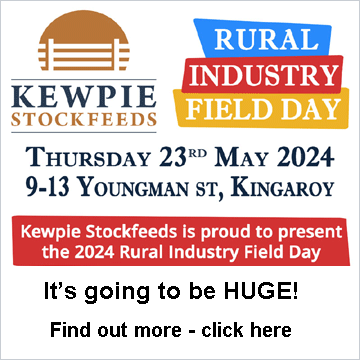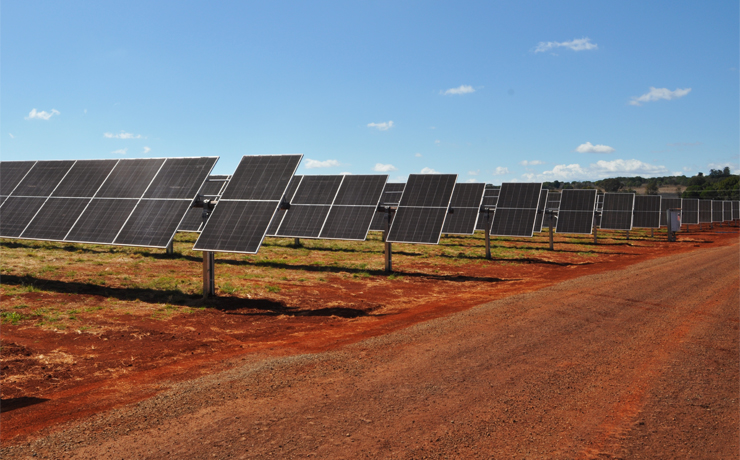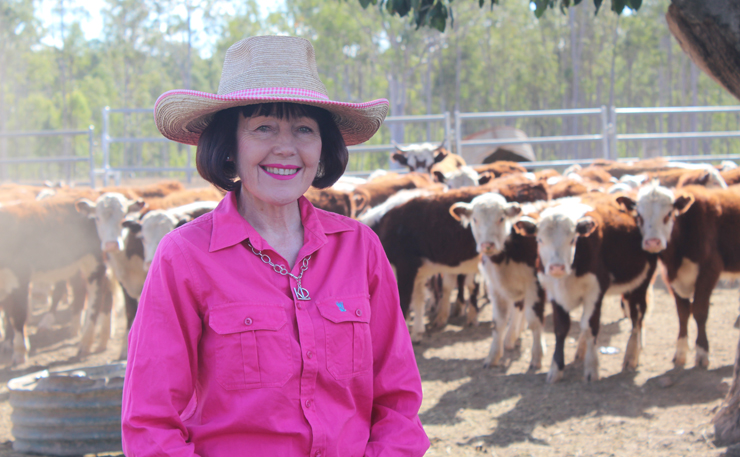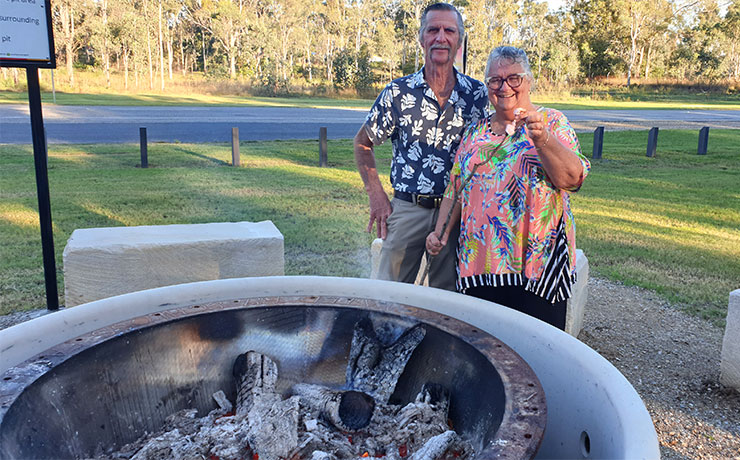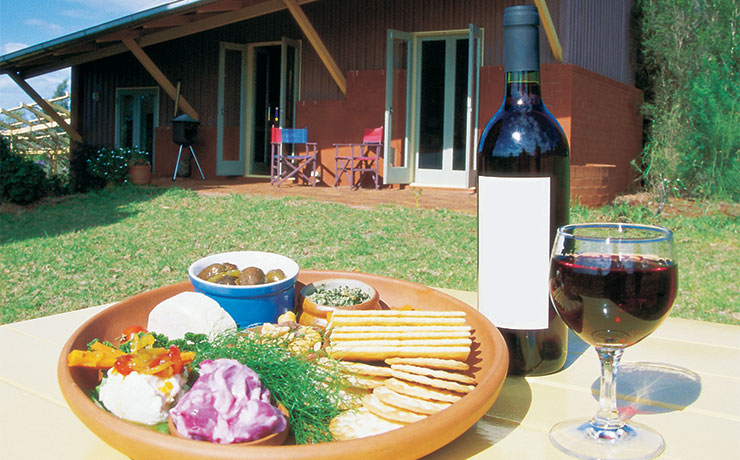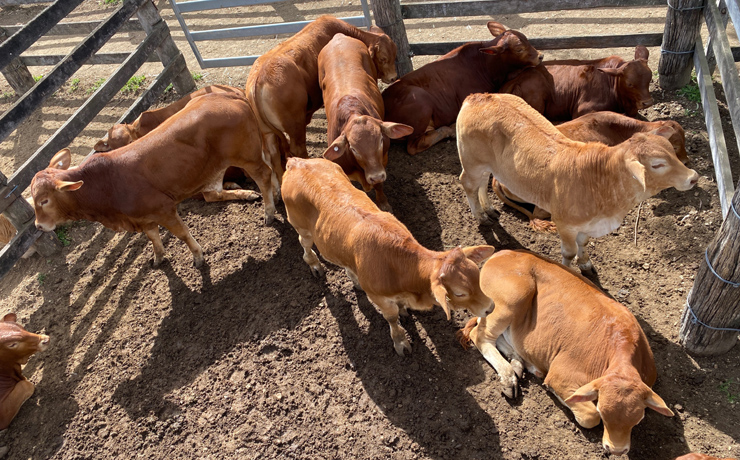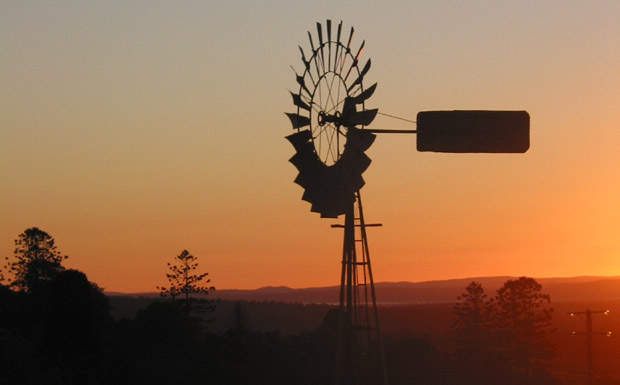

February 1, 2017
Queensland’s primary industries are still trending upwards despite large areas of the State still being drought-declared, the State Government said on Wednesday.
The total value of Queensland’s primary industry commodities for 2016-17 is estimated to be $18.55 billion, 6% higher than the previous forecast.
Agriculture Minister Bill Byrne said the latest AgTrends forecast, just published, made impressive reading.
“The total forecast is a full 15% greater than the average for the past five years,” he said.
“Big rainfall events last year in parts of Queensland helped to lift not only the value of primary industry commodities but also producers’ spirits.
“With the recent significant price fall for barley, chickpeas have become the success story for 2016-17, increasing 70% in value since the previous year.
“The cotton industry has followed suit with an increase of 63% from the previous year, due to high total area sown.”
The Minister said the report confirmed the record drought had taken its toll on the contribution grazing industries make to the state’s bottom line, although cattle and calves remain the most valuable agricultural commodity.
“We saw record high livestock sale numbers as a direct result of drought-related de-stocking and now we are in a re-stocking phase,” Mr Byrne said.
“The sector anticipates that strong competition for the limited available stock will see higher saleyard prices.
“With beef and lamb prices remaining strong, high consumer demand is predicted for the pork industry which is estimated to increase by 6% over the previous forecast.”
In descending order, the 2016-17 top Queensland individual commodities are:
- cattle and calves
- sugar cane
- cotton
- chickpeas
- poultry (chicken meat)
- bananas
- wheat
- pigs
- tomatoes
The latest Agtrends report is available at www.daf.qld.gov.au













